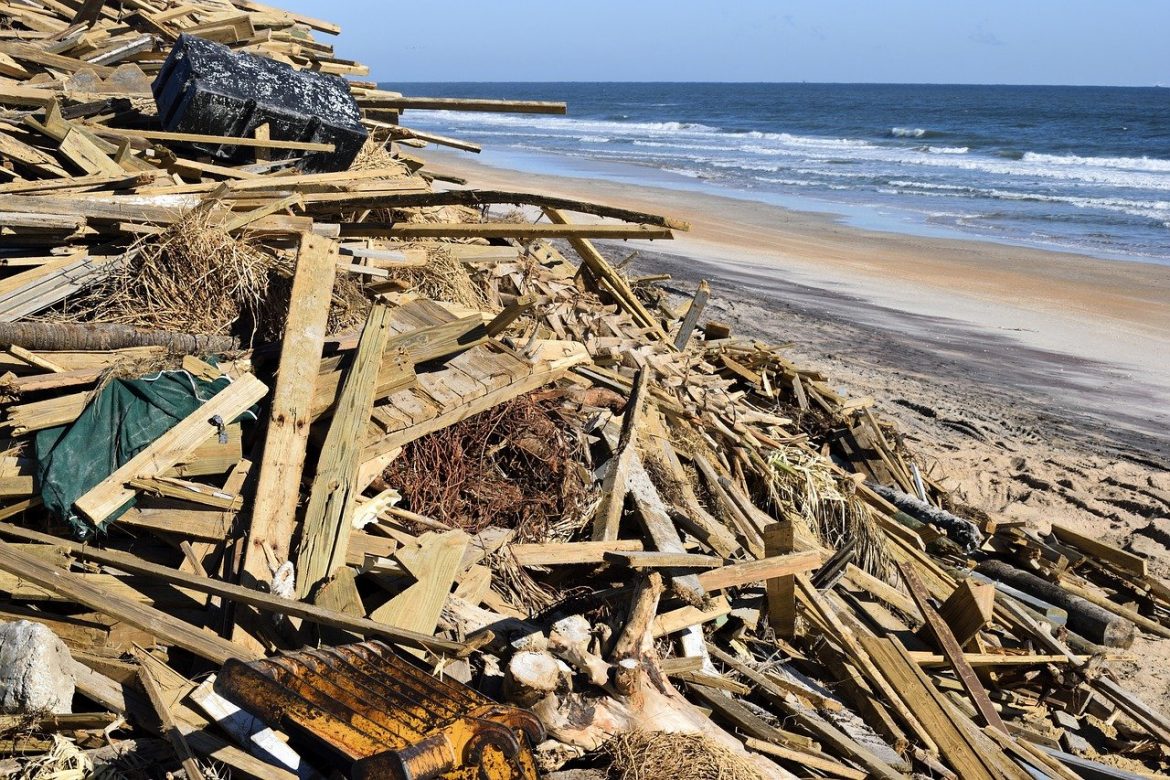by Tom Sine
IT IS TIME TO GO INTO EMERGENCY MODE
After extending the COP26 climate negotiations an extra day, nearly 200 countries meeting in Glasgow, Scotland adopted on Saturday an outcome document that, according to the UN Secretary-General, “reflects the interests, the contradictions, and the state of political will in the world today”.
“It is an important step but it is not enough. We must accelerate climate action to keep alive the goal of limiting global temperature rise to 1.5 degrees”, said António Guterres in a video statement released at the close of the two-week meeting.
The UN chief added that it is time to go “into emergency mode”, ending fossil fuel subsidies, phasing out coal, putting a price on carbon, protecting vulnerable communities, and delivering the $100 billion climate finance commitment. We all need to not only ask how much time do we have to move out of Emergency Mode for this created world, our most vulnerable neighbors and for Generation Next? 13 November 2021 UN News: Climate and Environment.
Can you remember when you first became concerned about our shared environmental future? Can you remember what first awakened your concern? I got my first environmental wake-up call on that first Earth Day, April 22, 1970. I was working at Maui Community College in Hawaii. As a young 30 year old I prided myself on keeping up on what we called “current events” but we had no sense that our world was changing. On that first Earth Day our president invited Dr. James Dator, a professor from the University to come and share his projections for the future as we were racing towards the year 2000. Many of us including the Faculty and students were just as overwhelmed by his daunting projections…particularly for the projections he made for the global environment.
That afternoon a group of 40 students walked down three blocks to a motel on the beach that routinely put its garbage on the beach for the ocean to take away. They filled 50 large bags with the garbage and took it into the lobby. I came along to see what would happen. To my surprise by 5 pm the manager of the motel, who was very angry, caved in and promised to hire a garbage service.
Dr. Dator’s address was a wake-up call for me too. I resigned my position as Dean of Students at Maui Community College and two months later I moved to Seattle to pursue a PhD in History and a strong minor in Environmental and Urban Forecasting.
Remarkably my first course was on the future and the past was entitled “Utopia/ Dystopia.” It was taught by a professor named Frank Herbert. Only after we started meeting for classes in his living room did I discover he was a science fiction author who was very concerned about the future of the environment. Frank became both a friend and a mentor in helping me learn how to anticipate some of tomorrow’s concerning problems.
Several years later Frank and his wife moved to Port Townsend. Out of his keen concern for the environment, he constructed a huge windmill in his backyard, and bought one of the earliest electric cars, never going back to a gas station again.
Only when the new Dune movie came out did I learn about what motivated his strong concern for the environment that played a very direct role in writing Dune. By the way, the movie is many times better crafted and reflective of Dune than the first film. Do view it on the big screen if possible.
John Notarianni recently wrote in his article How an Oregon battle between human and nature inspired Frank Herbert’s Dune:
“Frank Herbert’s epic 1965 science fiction novel Dune tells the story of a future civilization fighting to control precious resources on a harsh desert planet. The book has been praised as the first major ecological science fiction novel and spawned decades of subsequent novels and on-screen adaptations.
“But while the story of the clash of civilizations on the planet Arrakis is set in a time and a place far away, Herbert’s inspiration for the story came from a battle between man and nature in the rolling sand dunes of the Oregon coast.
In the early 20th century, the coastal Oregon city of Florence was under threat of being consumed by the nearby dunes that were being whipped across human structures by the coastal winds. Roads, railroad tracks, even homes were being swallowed up by blowing sand. Starting in the 1920′s, the US Department of Agriculture ran a program to try and stabilize the dunes by planting European Beach Grass. The hope was that its dense roots would hold the sand in place and prevent it from burying nearby cars and homes.’
Herbert came to Florence in 1957, planning to write an article documenting this battle between man and nature. He was awestruck by the power of the blowing desert sand.“Like you can tell from his books, he was interested in everything,” says Meg Spencer, District Director of the Siuslaw Public Library District. “He took a flight over the dunes, he took multiple photographs, he walked out onto them.”
Herbert finished his article on Florence, but it was never published. Instead, he began to dig deeper into desert ecosystems and human interactions with nature. “The experience here seeing the dunes — and the interaction between the people here and the environment they were living — that really did become the center of Dune and Arrakis,” says Spencer.
But it was the ecology of the desert he witnessed in Florence that most inspired Dune’s setting onArrakis. “It’s easy to say he was prescient,” Spencer said, “but maybe it’s better to say he was far-sighted. He saw how that interaction between people and the environment could result in chaos and unintended consequences.”
Dune tells the story of a civilization struggling to balance their relationship with an unforgiving natural world, and the unintended consequences of their actions. Ironically, that same struggle is playing out today on the sand dunes of Florence. The efforts to plant European beach grass did manage to hold the dunes in place, “but what they discovered is that the beach grass is also an invasive species,” Spencer says. “The amount of land that is the sand dunes has decreased and decreased, year by year.”
“It’s a perfect example of the unintended consequences you see in Dune,” Spencer says. “Now there’s a lot of work being done to remediate that, to allow humans to go on living here successfully and having roads and buildings, but also trying to make sure that we save this incredibly special gem that we have.”
Still, the sand dunes of the Oregon coast retain the majesty that inspired Frank Herbert more than 60 years ago. Spencer says she feels the alien landscape of Dune every time she visits.
photo by Paul Brennan on Pixabay
‘Tis the season to celebrate the Reason–the Light of the World born in a humble manger. Explore Advent and Christmas alongside Christine Sine and others in one of our Advent devotionals, bundled with beautiful Prayer Cards! Waiting for the Light: An Advent Journal + Prayer Cards is more than a devotional; it is a complete guide to the Advent and Christmas season, providing liturgies, weekly activities, and daily reflections to equip and nourish us all through the season. Lean Towards the Light This Advent & Christmas is our newest resource, perfect for the times we are living in, and comes in several bundles, including downloadable forms and bundles that include a journal to enrich your quiet time. A Journey Toward Home: Soul Travel from Advent to Lent + Prayer Cards approaches the rich seasons of Advent to Lent playfully, yet with yearning and determination, providing daily reflections from many theological and cultural perspectives, shared family activities, and recipes that will enrich the season for all seekers. All these Advent resources and more can be found in our shop.


